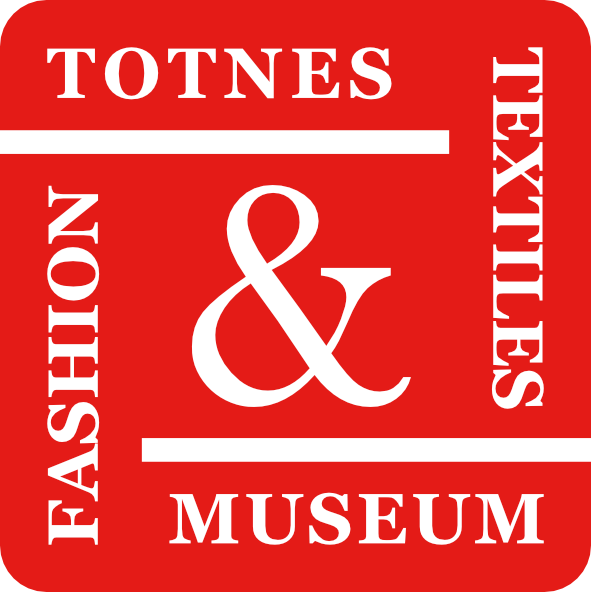The Edwardian Lady’s Layers
A talk given to the Friends of the Collection on 2 February 2020 by Julia Fox
Honorary curator Julia Fox began her talk by defining what we know as the Edwardian period as extending from 1890 to 1910: “la Belle Epoque”.
Using over thirty examples from the Collection, Julia began with the plain Edwardian nightdress. Once this was removed, the first garment a lady would put on was the shift, which was of plain cotton although sometimes with a decorative neckline. Its main purpose was to keep the stays clean. The stays (later known as the corset) were from the era when the fashionable figure was the S shape with a pouter pigeon chest. The ordinary version allowed more movement and some were decorative: we can only assume that these were meant to be seen. The stays did not enclose the breasts but supported them and kept the shift in place. During this period the stays became longer, to the point where they could have suspenders attached for the wool, cotton or silk stockings which were next to be put on; previously these had been supported by an elastic garter. The drawers came next and were by now bifurcated, being split at the back. A cotton camisole then covered the corset.
Fashion still frequently dictated a train at the back of the dress and to make it easier to walk the lady might put on a bum pad. The skirts tended to be straight to the knee and then developed into a fuller shape.
The petticoats came next: they fitted the shape of the skirt and had drawstrings at the back. From the knees downwards they had three layers. It was important that the silk of the finest petticoats should rustle as the lady walked. They were available off the shelf as well as individually made: coloured petticoats, for instance, were available at three shillings and elevenpence halfpenny. Gradually petticoats were available attached to camisoles as one garment, as were combination shifts and drawers. Ordinary petticoats were often made up from old skirts or tennis dresses. For decent coverage at breakfast a lady might wear a peignoir decorated with machine-made lace added to more expensive silk or cotton.
Now ready for her outer garments, the Edwardian lady would put on her skirt, the best often made of silk damask, and over it a lined bodice with a waist band to cover the skirt’s waistband. The bodice would have a button-down centre front with a cover across it, and a high neck made fashionable by Queen Alexandra.
Bonnets were no longer common and more attention was now paid to the hair style. The hats often used horsehair in combination with other materials to make a shape which suited the hairstyle. The whole ensemble would be set off by a small reticule and a stole, made of machine-made embroidered net. A stylish parasol would be carried. These were made in this country but often had decorated handles imported from the far east.
In colder weather a lady might wear a silk-velvet, wool or taffeta mantle with a cutaway pattern. Heavy, warm coats were neither worn nor necessary when you consider what was worn underneath. Flannel petticoats, however, could be worn in cold weather. Also popular were double-cloth capes with crossed draw strings to keep them in place – a style which persisted in nursing uniforms until the 1970s.

